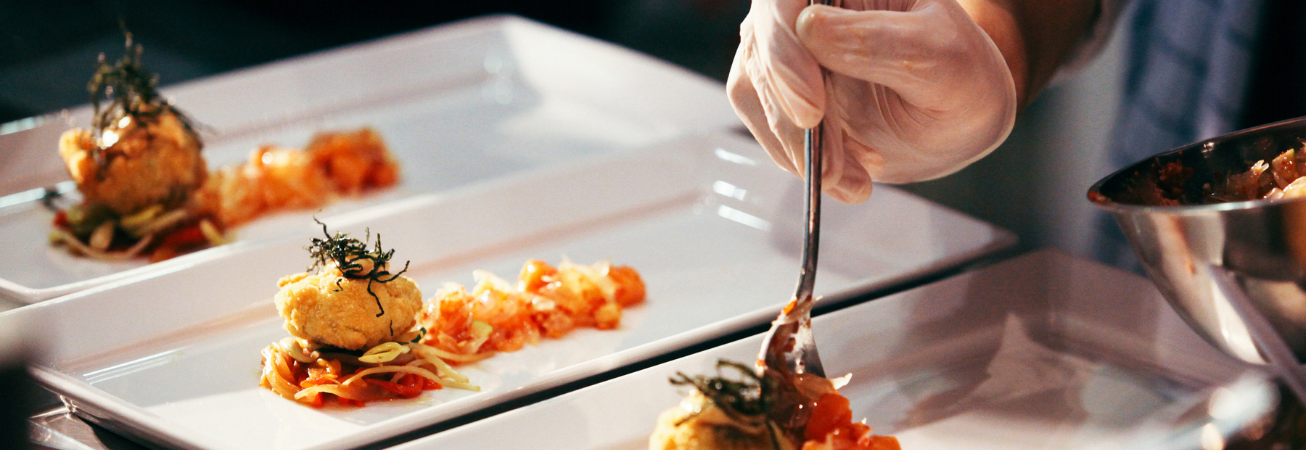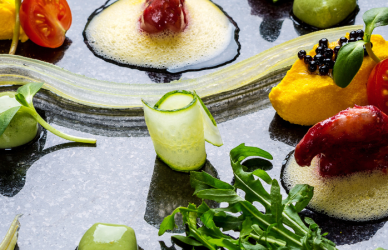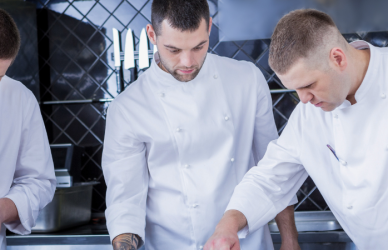Introduction
Germany’s culinary scene is experiencing a delicious transformation. While traditional dishes like Bratwurst, Currywurst, and Pretzels remain beloved staples, a vibrant street food movement is sweeping through major cities such as Berlin, Cologne, and Hamburg. This revolution is redefining urban dining and pushing the boundaries of German food culture.
From Bratwurst to Bao Buns: A New Generation of Street Food
Historically, German street food meant sausage stands and beer gardens. Today, however, you’ll find Korean BBQ tacos, Vietnamese Bánh mì, and vegan falafel wraps served from eye-catching food trucks. Cities like Berlin have become epicenters of global street cuisine, with neighborhoods such as Kreuzberg hosting popular markets like Markthalle Neun, where traditional meets trendy.
Berlin — The Capital of Street Food Fusion
Berlin is undoubtedly Germany’s street food capital. Events like Street Food Thursday and the Bite Club have gained massive followings. You’ll find dishes inspired by Thai, Ethiopian, Syrian, and even Peruvian kitchens — often reimagined with local, seasonal ingredients. Many vendors are chefs who left fine-dining kitchens to experiment with casual gourmet.
Cologne & Hamburg: Local Heroes with Global Taste
In Cologne, the Street Food Festival Köln gathers innovative food trucks offering everything from Lebanese wraps to Japanese mochi donuts. Meanwhile, Hamburg’s harbor scene offers fresh fish and seafood reinvented into portable delicacies — like smoked salmon burgers with dill aioli.
Both cities are fostering a new generation of food entrepreneurs, embracing a startup spirit and culinary creativity. Social media plays a massive role here: Instagrammable dishes are practically a must, and many trucks survive thanks to digital word-of-mouth.
The Global Influence on German Palates
A large part of this revolution is Germany’s increasing openness to international cuisines. Influences from Asia, the Middle East, South America, and Africa are blending with local traditions. This fusion not only reflects immigration patterns but also the German public’s curiosity and evolving taste preferences.
Popular street food items include:
- Kimchi-loaded fries
- Halloumi burgers with za’atar
- Ethiopian lentil wraps
- Vegan schnitzel tacos
Street Food as a Social and Cultural Movement
Street food in Germany is more than convenience — it’s cultural expression. These markets are community-driven spaces where people from all backgrounds gather. Vendors often tell stories through food: a Syrian refugee’s shawarma cart, a Berlin chef’s vegan goulash truck, or a Bavarian grandmother’s mobile dumpling stand.
There’s also a growing emphasis on:
- Sustainability (reusable packaging, organic ingredients)
- Local sourcing (farm-to-street movement)
- Vegan and vegetarian options
Conclusion
The Street Food Revolution in Germany is a powerful movement that goes beyond satisfying hunger. It reflects a modern, inclusive, and experimental culinary identity. From Berlin’s bustling food truck parks to Hamburg’s waterfront fusion stalls, street food is helping Germany reclaim its place on the global gastronomic map.
Whether you’re a local or a traveler, Germany’s streets are now among the most exciting places to eat in Europe — just follow the scent of spiced falafel or sizzling Korean beef, and you’ll taste the future of German cuisine





